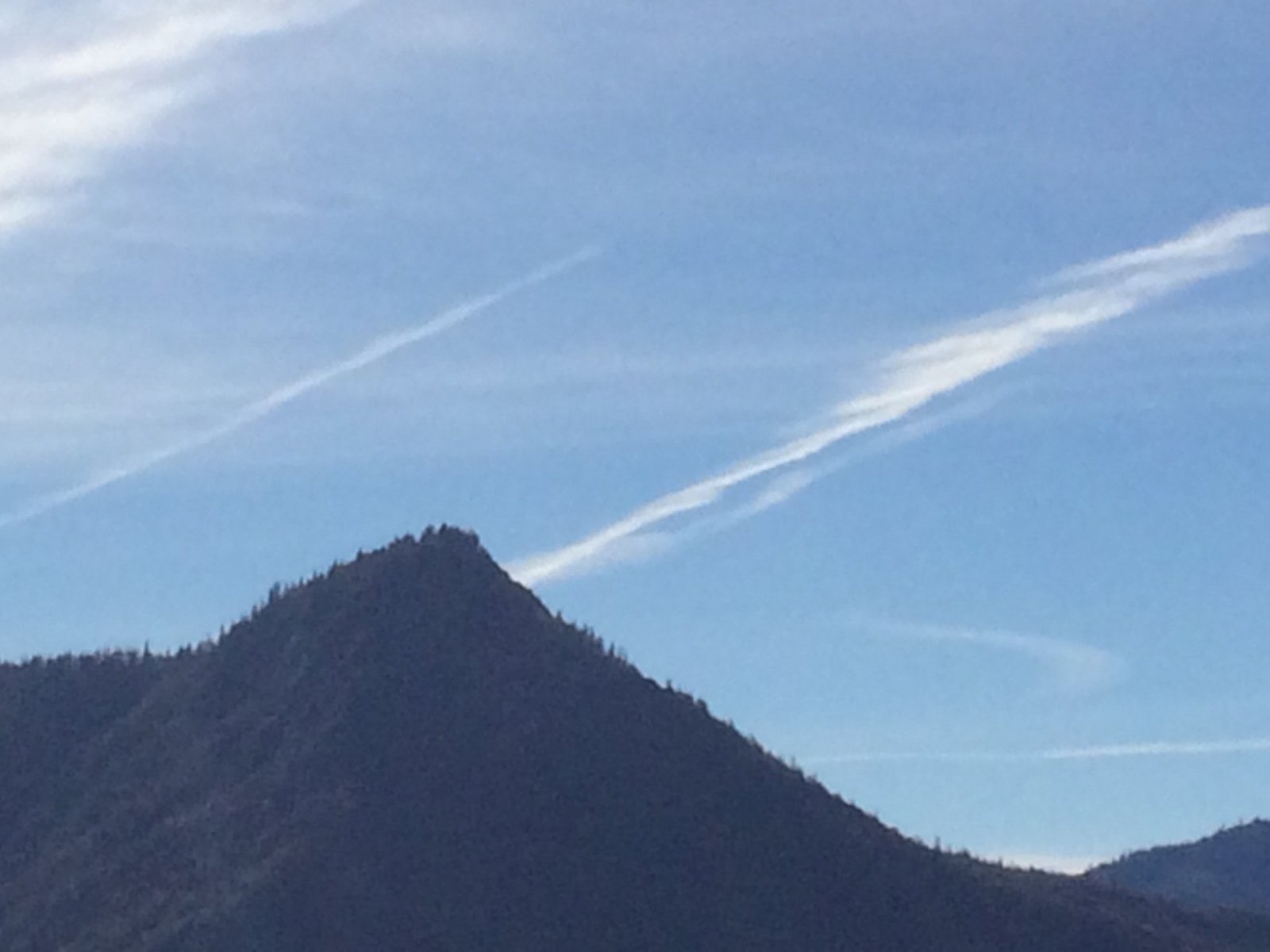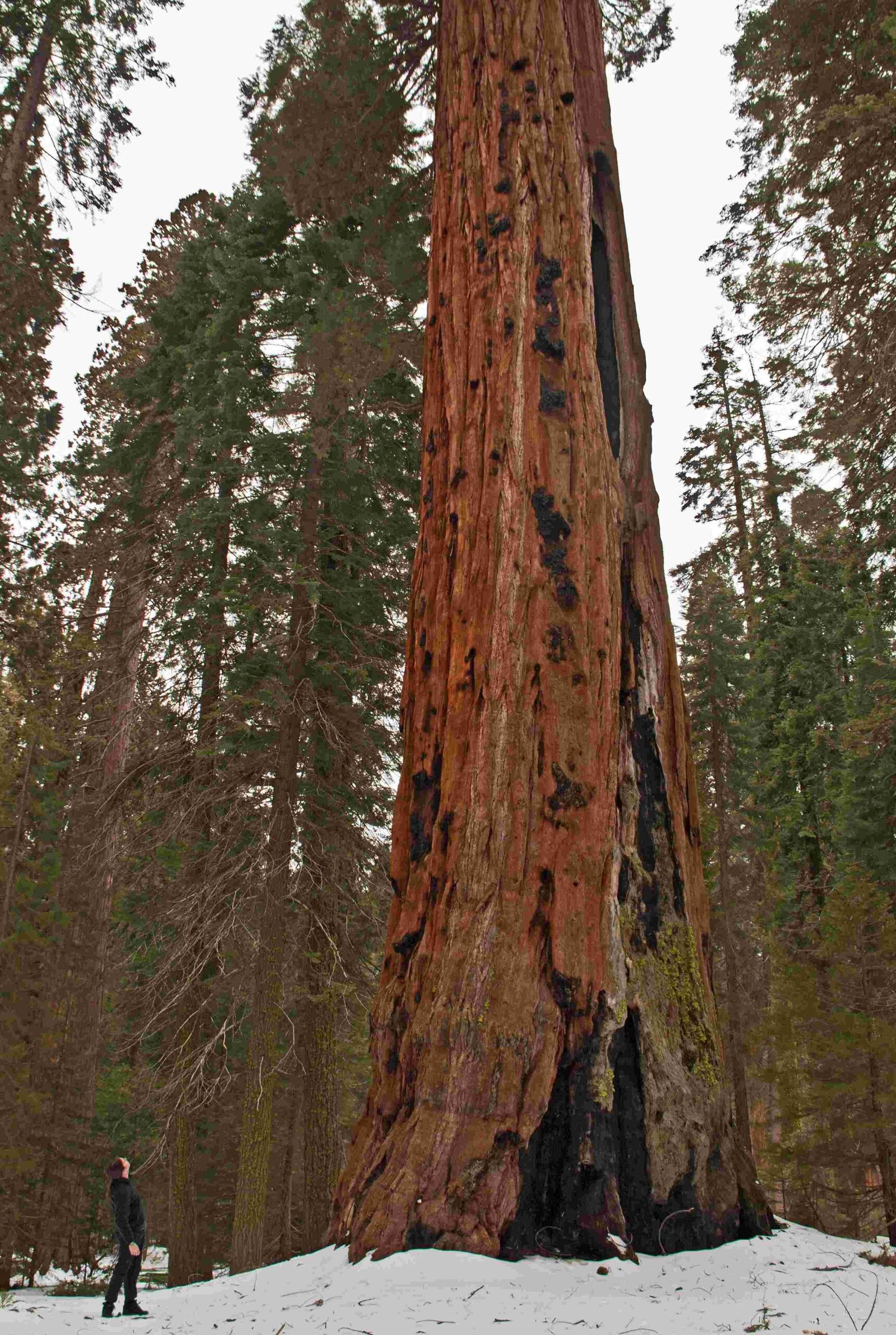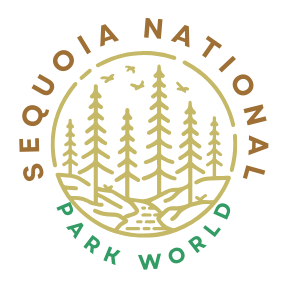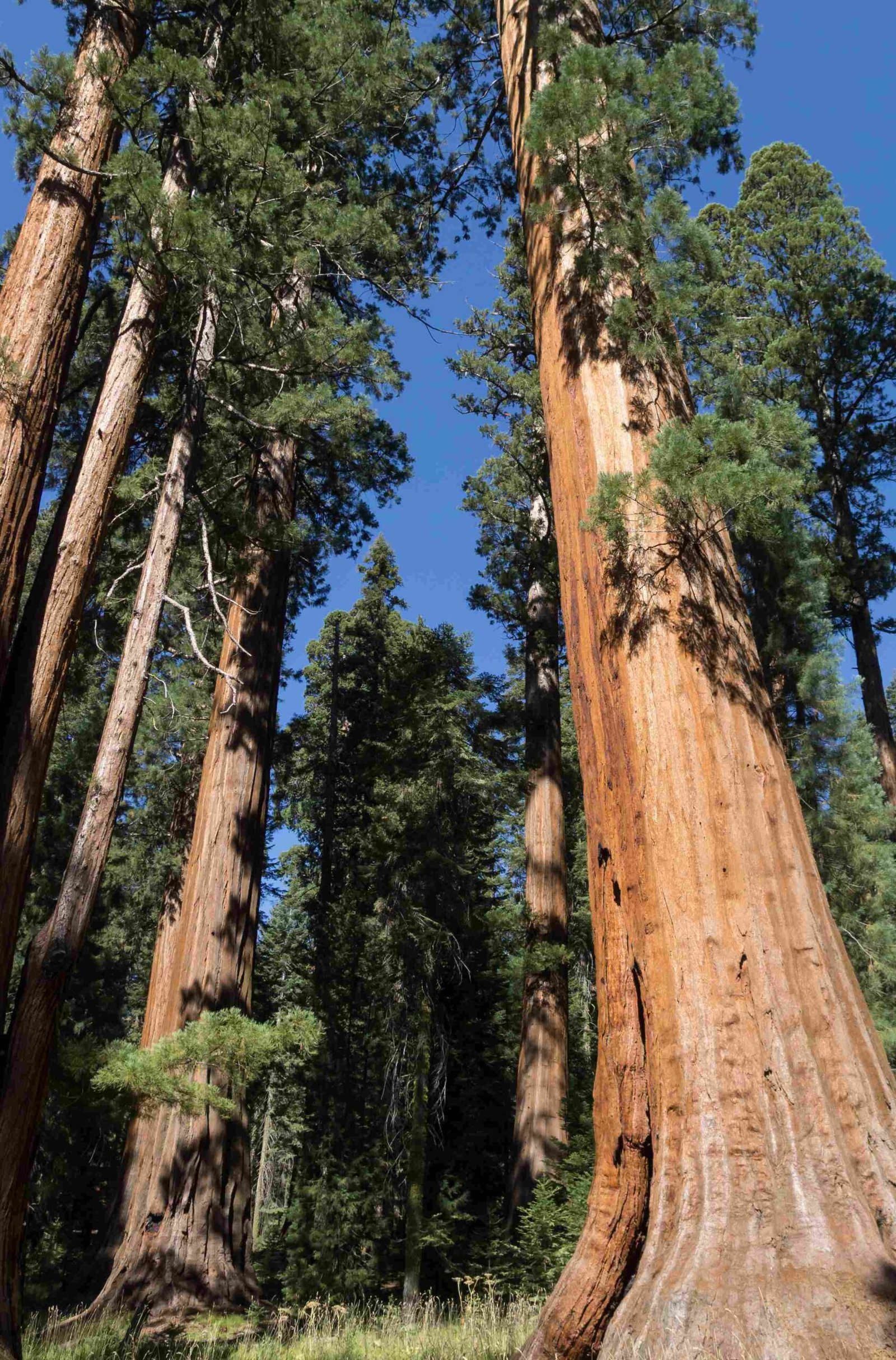Sequoia National Park offers an unparalleled celestial experience, showcasing the wonders of the night sky in all their glory. With its pristine dark skies, minimal light pollution, and high-elevation vantage points, the park provides stargazers and astronomy enthusiasts with breathtaking views of the cosmos. From the towering sequoias to the twinkling stars above, visitors can immerse themselves in the natural beauty of both terrestrial and celestial wonders.
What Makes Sequoia National Park Ideal for Stargazing?

Sequoia National Park’s unique combination of geographical features and conservation efforts creates an ideal environment for stargazing:
- High Elevation: Many viewing areas are at higher altitudes, reducing atmospheric interference.
- Minimal Light Pollution: The park’s remote location and dark sky preservation measures ensure exceptionally dark skies.
- Clear Weather: The park often experiences clear nights, especially during summer months.
- Diverse Landscapes: From mountaintops to forest clearings, various locations offer different stargazing experiences.
Where Are the Best Stargazing Spots in Sequoia National Park?

Sequoia National Park boasts several prime locations for observing the night sky:
- Moro Rock:
- Elevation: 6,725 feet
- Features: Panoramic views, minimal artificial light
-
Best for: 360-degree stargazing, astrophotography
-
Giant Forest:
- Elevation: Varies (5,000-8,000 feet)
- Features: Iconic sequoia groves, guided night hikes
-
Best for: Moonlit walks, astronomy tours
-
Wuksachi Lodge Area:
- Elevation: 7,200 feet
- Features: ‘Wonders of the Night Sky’ program, wheelchair accessible
-
Best for: Guided astronomy tours, constellation identification
-
Crescent Meadow:
- Elevation: 6,700 feet
- Features: Open meadow views, surrounding forest silhouettes
- Best for: Meteor shower watching, planetary observations
When Is the Best Time to Experience the Night Sky in Sequoia?
The optimal times for stargazing in Sequoia National Park depend on various factors:
Seasonal Considerations
- Summer (June-August):
- Pros: Warm nights, clear skies
- Cons: Busier season, potential wildfire smoke
- Fall (September-November):
- Pros: Less crowded, crisp nights
- Cons: Shorter nights, potential early snow
- Winter (December-February):
- Pros: Longest nights, potential for aurora sightings
- Cons: Cold temperatures, limited access to some areas
- Spring (March-May):
- Pros: Moderate temperatures, wildflower blooms
- Cons: Variable weather, potential for late-season storms
Celestial Events Calendar
| Event | Date Range | Peak Viewing |
|---|---|---|
| Perseid Meteor Shower | July 17 – August 24 | August 12-13 |
| Delta Aquariid Meteor Shower | July 12 – August 23 | July 28-29 |
| Orionid Meteor Shower | October 2 – November 7 | October 21-22 |
| Geminid Meteor Shower | December 4 – December 17 | December 13-14 |
What Equipment Should I Bring for Night Sky Viewing?
To fully appreciate the wonders of the night sky in Sequoia National Park, consider bringing the following:
- For Casual Stargazing:
- Red flashlight (preserves night vision)
- Star chart or astronomy app
- Binoculars
- Warm clothing (layers)
-
Comfortable chair or blanket
-
For Astrophotography:
- DSLR camera with manual settings
- Wide-angle lens (14-24mm recommended)
- Sturdy tripod
- Remote shutter release
-
Extra batteries (cold temperatures drain them quickly)
-
For Serious Astronomers:
- Portable telescope
- Eyepieces of various magnifications
- Sky atlas
- Notebook and red-light pen for logging observations
How Does Sequoia National Park Preserve Its Dark Skies?
Sequoia National Park implements several measures to maintain its pristine night skies:
- Lighting Regulations:
- All exterior lighting must be shielded and directed downward
- Use of red lights encouraged to minimize impact on night vision
-
Strict control on new lighting installations within the park
-
Education and Outreach:
- Dark Sky Festival (annual event)
- Ranger-led astronomy programs
-
Visitor education on the importance of dark sky preservation
-
Partnerships:
- Collaboration with International Dark-Sky Association
-
Work with neighboring communities to reduce light pollution
-
Monitoring:
- Regular sky quality measurements
- Ongoing assessment of lighting practices within the park
What Unique Night Sky Phenomena Can I Observe in Sequoia?
Sequoia National Park’s dark skies reveal a multitude of celestial wonders:
- Milky Way Galaxy: Clearly visible as a bright band across the sky on moonless nights.
- Zodiacal Light: A faint, triangular glow visible in the west after sunset or east before sunrise.
- Airglow: A subtle, greenish luminescence in the upper atmosphere.
- Gegenschein: A faint patch of light opposite the sun, visible on very dark nights.
- Iridium Flares: Bright flashes from satellites, though less common with newer satellite designs.
- Planetary Conjunctions: Close apparent approaches of planets, visible throughout the year.
How Can I Participate in Astronomy Programs at Sequoia National Park?
Sequoia National Park offers various astronomy-focused programs:
- ‘Wonders of the Night Sky’ Program:
- Location: Wuksachi Lodge Area
- Duration: 1 hour
-
Features: Naked-eye astronomy tour, constellation identification
-
Guided Night Hikes:
- Various locations throughout the park
- Seasonal availability (check park schedule)
-
Combines stargazing with nocturnal wildlife observation
-
Dark Sky Festival:
- Annual event (typically in September)
-
Features guest speakers, telescope viewing, astrophotography workshops
-
Junior Ranger Night Explorer Program:
- Educational program for children
- Includes night sky-related activities and badge earning opportunities
To participate:
– Check the park’s official website for current program schedules
– Make reservations in advance, especially during peak seasons
– Arrive early to ensure parking and good viewing spots
By exploring the wonders of the night sky in Sequoia National Park, visitors can gain a deeper appreciation for the universe and the importance of preserving our planet’s dark skies. Whether you’re a seasoned astronomer or a casual stargazer, the park offers an unforgettable celestial experience that connects us to the vast cosmos above.
References:
1. Where is Sequoia National Park, California, USA on Map?
2. Stargazing in the Dark Skies of Sequoia National Park – Visit Visalia
3. Wonders of the Night Sky – Sequoia Parks Conservancy

